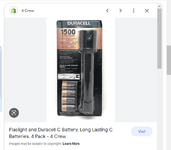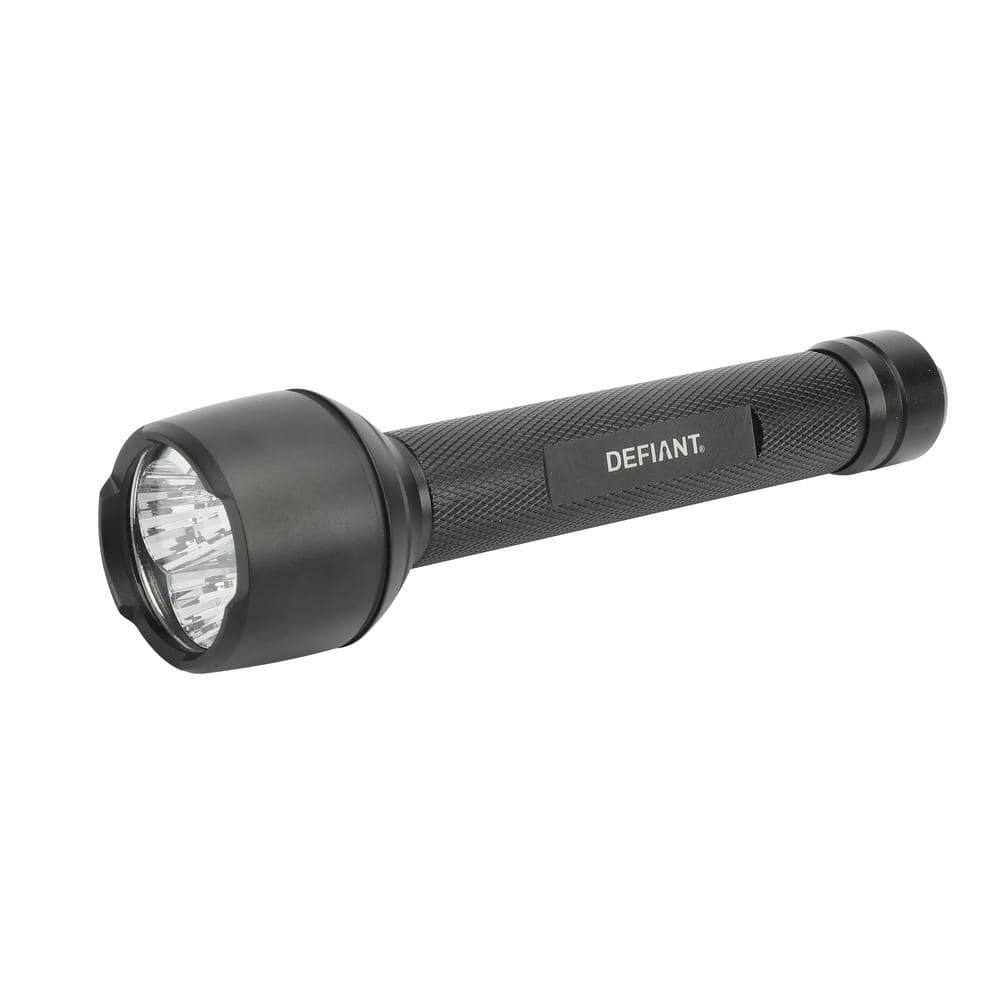TD-Horne
Newly Enlightened
Of course you can suggest. That is what I came here looking for is suggestions from more experienced users and ideas about what lights might fit the need. Otherwise I would have to spend a month or more just studying up on what is available in the market and what all of the acronyms and abbreviations mean.May I suggest . . . . . .
Instead of "requiring" run-time of 8 Hours,
just carry Extra Batteries !
Reconsidering the length of usable use will mean looking over the suggestions again to see which ones would be the best fit in performance as a flood light and would last through a single night on 1 battery change. Keeping in mind that these would be for emergency use and to be available for that they would have to be carried by 2 of the 4 counselors on every trip. I have to find the sweet spot between weight and volume and adequacy of performance. That would bring several of the zoom focus ones back into consideration. I'll still be trying to reconcile performance to avoiding the need to carry too many different things. That would mean I would still prefer something that could operate on Lithium primary cells in a AA form factor. The lithium AAs would be usable in any of their AA equipment, would be less likely to leak, and would have good standby life before they were put into use. They certainly won't do them any good sitting on a shelf in camp which is why I used standby life instead of shelf life.
If I can identify a rechargeable flood light that would run on the same rechargeables as their regular service lights that would allow us to reduce our waste production which is a very popular idea with the Staff and Counselors.
You just had to go and open up the other end of this can of worms didn't you? I came here to learn but with all of the ideas being shared I'm drinking out of a fire hose. I just wanted one glass of lemonade with exactly the right mix. [He doesn't want much does he?]
Tom Horne







